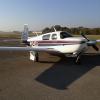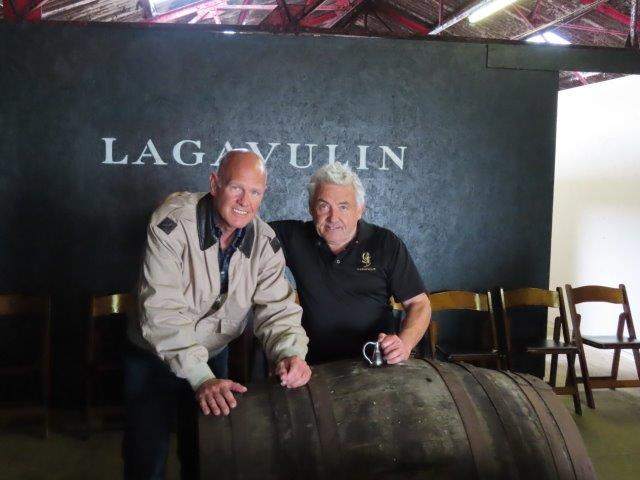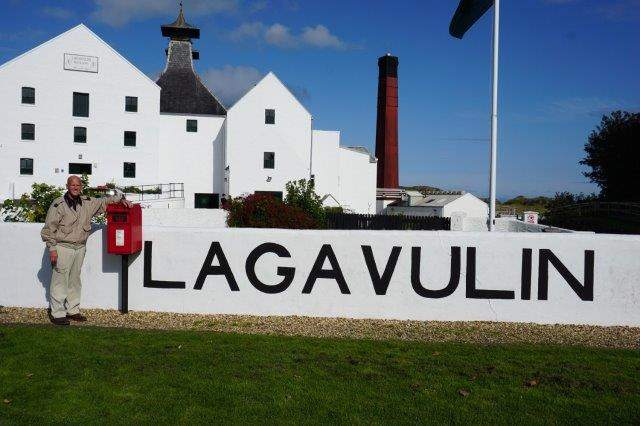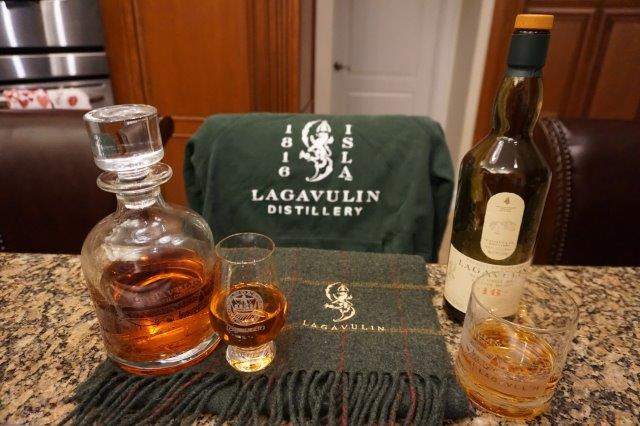-
Posts
134 -
Joined
-
Last visited
About Wistarmo
- Birthday 02/16/1959
Profile Information
-
Gender
Male
-
Location
Leesburg, Florida
-
Reg #
N220TM
-
Model
1993 M20J MSE
Recent Profile Visitors
2,101 profile views
Wistarmo's Achievements
-
So here's how it works for me. I am only going to buy an airplane that I have seen and flown and know it's in good shape. The sales contract lists a sale price and a deposit; once signed I put a serious deposit of $10,000 into escrow dependent on the annual inspection. If the buyer is confident in his airplane, he will know that it should easily pass annual and a few squawks may come up. At that point, I know he believes he has a good plane, one that is not going to eat up the deposit money. Once the annual is done, there are the airworthy and non-airworthy items. We discuss those and agree to negotiate any major non-airworthy ones; if he does not wish to do so, then I call off the deal and he gets a free annual. If he agrees to fix the airworthy ones, I release the deposit and it becomes non-refundable. At that point, he knows I am serious about the purchase, otherwise he can walk away with a free annual and the $10,000 deposit. He knows I am not going to derail the deal with steep or ridiculous demands; the risk is all mine. The remaining money due to the seller goes into escrow. Then we usually haggle over a few items and he reduces the price a little. Basically the price negotiation occurs well into the deal, when closure is in sight, the money is waiting to be transferred, and after the airplane has been thoroughly inspected. We are not bargaining over unknowns at the beginning of the whole process when those decisions can be emotional. It is a lot easier to negotiate a fair price with a concrete list of discrepancies than simply to offer a lower price based on appearance. At this point the seller is motivated to close the deal. I have never had a problem with this.
-
Gosh, I didn’t realize I didn’t know what I was doing. Now I have to call up my previous sellers and refund them the money they discounted.
-
You mean as buyer if you did a pre-buy or annual inspection and found non-airworthy squawks you would pay the full asking price?
-
I personally evaluate the airplane I am to buy and take a demo flight. I then use a sales contract with a deposit in escrow. I then have an annual performed at my expense by my mechanic. The sales contract requires the seller to fix any airworthiness items at his expense, and then he receives the deposit. The final sales price is then negotiated with regards to non-airworthy items. The closing is then done through escrow as well. Worst case, I pay for an annual on a plane I don't purchase. Best case, I buy an airplane with a fresh annual and all airworthiness items fixed. Has always worked for me.
-
1993 MSE. No improvement. Requires disassembly at annual.
-

Acceptable Single Malt for Established Gentlemen Aviators
Wistarmo replied to jlunseth's topic in Miscellaneous Aviation Talk
Treasure is correct: https://www.wine-searcher.com/find/lagavulin+25+old+single+malt+scotch+whisky+islay+scotland -

Acceptable Single Malt for Established Gentlemen Aviators
Wistarmo replied to jlunseth's topic in Miscellaneous Aviation Talk
Lagavulin 16 poured from my Lagavulin decanter into one of my Lagavulin glasses, sometimes wearing my Lagavulin sweatshirt and scarf. I had the privilege of visiting Islay last May, and as my wife said, I bought out the gift shop. I have enjoyed Islay Scotch for fifteen years, and Lagavulin is clearly my favorite. In one of the photos you can see Iain MacArthur, the master distiller who retired last year after fifty years in the business, but not before teaching me a Distiller's Masterclass. In another picture is a piece of peat moss, cut from the bogs, which is used to roast the barley. Went to some of the other distilleries, had a wonderful time, but for me, nothing beats Lagavulin. There are other versions of Lagavulin; the Distiller's Edition is wonderful. A bottle of Lagavulin 25 costs one AMU. By the way, ice does not belong on airplanes or in single malt scotch, and if I thought there was more than a drop of water in the fuel, I would sump it. -
I am a practicing Cardiovascular Surgeon with about twenty-five years’ experience treating atrial fibrillation. It is important to know which category of afib is present: paroxysmal, persistent, or permanent. Your Cardiologist can tell you. In general, paroxysmal afib occurs sporadically and is self-limited. Persistent afib has episodes that last longer or require cardioversion. Treatments are available for these forms of afib. Permanent afib can only be managed with medicines. The original treatment for afib was created by a surgeon and requires open heart surgery. It is named the Maze Procedure, so-called because a “maze” is created by dividing atrial tissue to break up the chaotic electrical rhythm that causes afib, leaving a defined pathway for the electrical signal. The atrial tissue was originally divided with a scalpel or scissors and then sewn back together; it is now accomplished with other technologies. The surgeon can directly see exactly where to make the divisions. In skilled hands, it is highly successful, with sinus rhythm restored in 90% of cases. The left atrial appendage, a source of blood clots and stroke, is closed off. The disadvantage is that it requires open heart surgery, and is generally only done if heart surgery is required for another heart problem. Cardiologists developed an alternative, called an “afib ablation”. It is not nearly as successful as the Maze procedure. Five year success rates at maintaining sinus rhythm are poor for persistent afib, and multiple procedures are often required. The cardiologist cannot directly see inside the heart, and must use some form of imaging to place the divisions. The left atrial appendage is not closed off. A separate Watchman procedure would be necessary for that, provided the patient qualifies The advantage is that it only requires a catheter inserted into the femoral vein and can be done as an outpatient. Over the last few years, the Hybrid Maze procedure has been developed. Rather than Cardiac Surgeons and Cardiologists competing with different procedures, they collaborate together to solve the problem. The surgeon goes first, with a procedure involving small incisions and a scope, to treat the outside of the heart under direct vision. The left atrial appendage is closed off directly. The patient can usually go home in two days. A month or two later, the cardiologist performs a catheter based study of the surgeon’s work, and can usually correct any breaks in the maze line easily. That is done as an outpatient. Success rates are approaching that of the original open Maze Procedure. Generally, I would consider a cardiology ablation acceptable for paroxysmal afib as it is in the early stages and success rates are reasonable. For persistent afib I would recommend a Hybrid Maze procedure, with far superior results. One final point is that there is another cardiology procedure called an “A-V Node Ablation”. This is confusing because it is also called an ablation. This involves destroying the electrical pathway between the atria and the rest of the heart. This results in a very slow heart rate, so a pacemaker must be placed. This does nothing to correct the atrial fibrillation. It should only be done in patients who continue to have very rapid heart rates who have no other treatment options.
-

TEMPEST IRIDIUM FINE WIRE SPARK PLUG.
Wistarmo replied to Shawn26's topic in Modern Mooney Discussion
Recommend them highly. Would not use Champion, had problems with them.- 43 replies
-
- edm700
- gami injectors
-
(and 2 more)
Tagged with:
-

At first annual, have found illegal engine modifications
Wistarmo replied to hmasing's topic in General Mooney Talk
I agree completely. But before I spent tens of thousands of dollars, or hundreds of thousands, I would buy a round trip airline ticket for the seller to bring it to me, or alternatively throw in a couple of nights at a local hotel. I would also offer to come up and take it to the annual. Or at least take it to a very reliable MSC. Would I let someone take my plane that far away? Probably not. Would I take my plane somewhere at buyer’s expense for a free annual? Yes, especially if they put me up during a free annual inspection and paid for fuel. For me, if I am a buyer spending that kind of money, I want to get her into my hangar without any expensive, heartbreaking, frightening discoveries. And fighting legal battles a thousand miles away can get expensive. Your advice to buy local is very sound. In any event, no matter how nice the plane, money spent avoiding a stomach ache is well spent. -

At first annual, have found illegal engine modifications
Wistarmo replied to hmasing's topic in General Mooney Talk
For what it’s worth, I have bought two used aircraft and each time I paid for an annual inspection with my mechanic at my expense rather than a pre-buy inspection. I also placed a deposit in escrow. The signed sales agreements in both cases stated that if the plane passed the annual, and/or the seller corrected any airworthiness deficiencies, he would then receive the deposit. If not, then I would keep the deposit and the seller received a free annual inspection. Both times the sellers readily agreed to this arrangement and it worked out fine. Saved me a ton of worry, both sales went through, found a lot of problems in advance. -

Happy treason day all you ungrateful colonials!
Wistarmo replied to Guitarmaster's topic in Miscellaneous Aviation Talk
So, basically you will not be able to fly your plane and pick your nose at the same time with the minimum described remaining digits. This is the problem with noncontingent calculations. -
Agree completely with Skates97. Life insurance is not a retirement vehicle, but to replace your lost income during your working years. Would get a term policy.
-
1993 “J” model. No improvement.
-
I have been flying the same M20J for 26 years; I don't do complicated math on final approach. I enter the flare at 65kts when solo, and at 5kts for each additional person on board.









